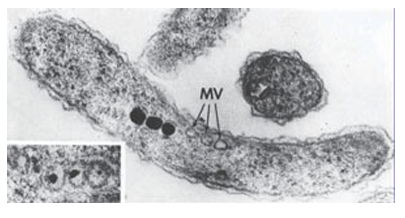
Chelation therapy
 المؤلف:
Peter Atkins, Tina Overton, Jonathan Rourke, Mark Weller, and Fraser Armstrong
المؤلف:
Peter Atkins, Tina Overton, Jonathan Rourke, Mark Weller, and Fraser Armstrong
 المصدر:
Shriver and Atkins Inorganic Chemistry ,5th E
المصدر:
Shriver and Atkins Inorganic Chemistry ,5th E
 الجزء والصفحة:
773
الجزء والصفحة:
773
 2025-10-28
2025-10-28
 575
575
Chelation therapy
Key points: The treatment of Fe overload involves sequestration of Fe by ligands based on or inspired by siderophores. ‘Iron overload’ is the name given to several serious conditions that affect a large proportion of the world’s population. Here we recall that, despite its great importance, Fe is potentially a highly toxic element, particularly in its ability to produce harmful radicals by reaction with O2, and its levels are normally strictly controlled by regulatory systems. In many groups of people, a genetic disorder results in breakdown of this regulation. One kind of iron overload is caused by an inability for the body to produce sufficient porphyrin. Other problems are caused by faults in the regulation of Fe levels by ferritin or transferrin production. These disorders are treated by chelation therapy, the administration of a ligand to sequester Fe and allow it to be excreted. Desferrioxamine (‘Desferral’, 55) is a ligand that is similar to the siderophores described in Section 27.6. It is a very successful agent for iron overload, apart from the trauma of its introduction into the body, which involves it being plumbed into an intravenous supply. A special case of chelation therapy is the treatment of individuals who have been contaminated with Pu following exposure to nuclear weapons. In its common oxidation states, Pu (IV) and Pu (III) have similar charge densities to Fe (III) and Fe (II). Siderophore like chelating ligands have been developed, such as 3,4,3-LIMACC (56), which contains four catechol groups.

 الاكثر قراءة في مواضيع عامة في الكيمياء العضوية
الاكثر قراءة في مواضيع عامة في الكيمياء العضوية
 اخر الاخبار
اخر الاخبار
اخبار العتبة العباسية المقدسة


